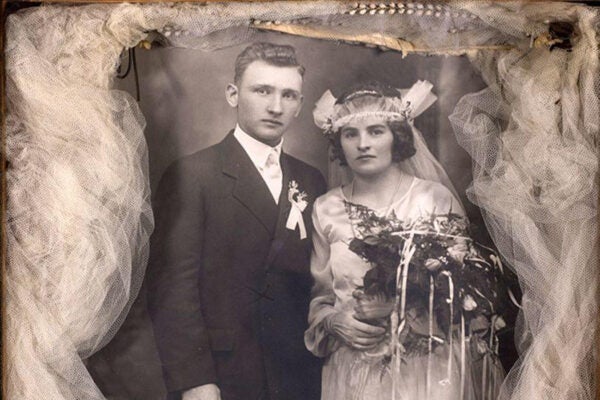From cereal boxes to pop-up ads, we’re surrounded by marketing efforts promising free toys or chances to win valuable prizes. Historian Wendy A. Woloson explains that this kind of premium scheme dates back to the mid-nineteenth century.
The technique apparently started with Benjamin T. Babbitt, a friend of P.T. Barnum, around 1851. From a travelling wagon, Babbitt offered free lithographic prints with the purchase of baking soda. Soon, soap-seller Hibbard P. Ross improved on Babbitt’s method, promising that anyone buying ten bars of soap would also receive a “present.” What the prize, ranging from a linen handkerchief to a gold watch or a plot of land, consisted of was supposedly determined with a drawing.
By the late 1850s, retailers around the country were using prize lottery systems. The typical prize was close to worthless. In fact, suppliers often used prize lotteries to unload damaged, stolen, or unpopular items. Woloson writes that this allowed them “to do the seemingly impossible, to defy natural law, begetting value from the mating of two things that individually had little or no worth.”
In some cases, sellers skipped the pretense of selling a product at all. “Gift distributions” sold tickets entitling holders to a prize chosen by lottery. Many operators took the money and never held a drawing at all. When they did, the result was often a sham. One company sold fifty-cent tickets promising “a chance for a $500 prize pencil.” Entrants were told they won the grand prize and asked to send in their winning ticket plus five dollars to cover postage. When they did, they received plated pencils worth less than the fifty cents they’d originally paid.
Woloson writes that police sometimes stepped in to stop what were essentially illegal gambling operations. Some newspapers also warned readers about the schemes. In an 1858 issue of the New York Herald, one writer railed against “gift enterprises” and expressed dismay at “the facility with which our public are duped by any sort of project which holds out hope of gain.”
Weekly Digest
On the other hand, some newspaper editors abetted the premium schemes in exchange for a chance to be part of them. The unfortunate Henry Catlin, editor of the True American in Erie, Pennsylvania, wrote to a gift distribution company that he had been told “if I would give you a puff you would draw me one of your prizes in payment. I gave you a lengthy notice saying unequivocally that I knew you were reliable. I sent you marked copies of the paper, but have received nothing from you.”
Woloson writes that the success of premiums reflected customers’ growing acquisitiveness and desire to be part of the exciting and fast-growing world of consumer goods. But she argues that the appeal of the free gift wasn’t just about exploiting the eternal dream of getting something for nothing. Presenting a company as a bestower of gifts was a ploy to elicit good will from consumers. As the continuing popularity of prize giveaways suggests, this still works on a lot of us.







